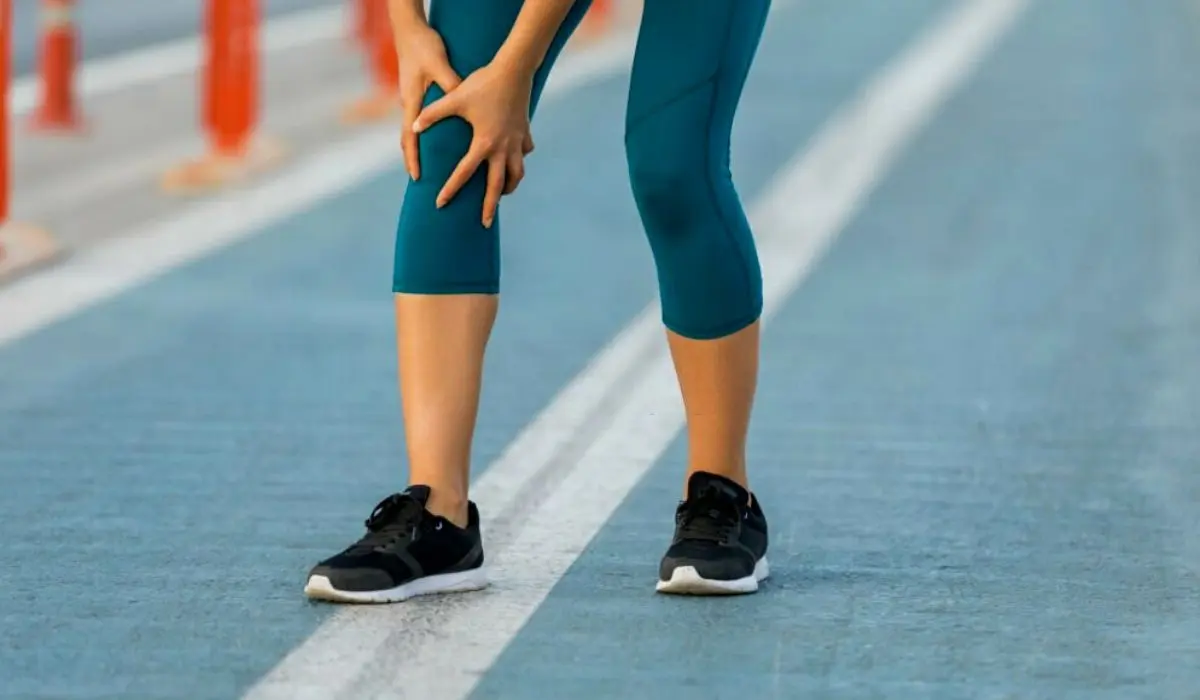Children and teenagers who participate in youth sports gain a variety of physical and emotional advantages. However, young athletes are prone to a distinct set of injuries as they test their limits and strive for perfection.
Growth plate injuries are particularly concerning among these injuries. We will delve into the topic of the growth plate in young athletes in this article, looking at their causes, symptoms, and treatments. Furthermore, we will also discuss the crucial role that prevention plays in preserving our children’s bright sporting future.
Understanding Growth Plates
It is important to comprehend growth plates and their critical role in the development of young athletes before diving into the injuries. Children and adolescents’ growth plates, also known as epiphyseal plates, are cartilage-filled regions found close to the end of long bones. They are more prone to damage than the mature bone tissue around them since they are in charge of bone formation.
Cause Of Growth Plate Injuries
1] Overuse
Overuse injuries can result from repetitive stress on the growth plate, which frequently occurs due to participating in a single sport year-round. Young athletes specializing in one sport are particularly at risk.
2] Trauma
The growth plate might be hurt by a direct hit or fall. This is common in sports involving contact, such as football and basketball.

3] Improper Technique
The growth plates might be subjected to unnecessary stress during sporting activities, which raises the possibility of injury.
4] Rapid Growth
During growth spurts, the bonce can lengthen at a different rate than the surrounding muscles and tendons can adapt, making growth plates vulnerable.
Identifying Growth Plate Injuries
The symptoms of growth plate injuries might be difficult to distinguish from those of other frequent childhood injuries. Parents, coaches, and healthcare professionals must, however, use caution. These are typical indicators of a growth plate injury.
1] Localized Pain
Localized discomfort close to a joint or bone is one of the main signs of growth plate damage. This discomfort may come on gradually or all of a sudden following a certain exercise. Young athletes could describe the pain as throbbing, aching, or sharp, and it often gets worse when they engage in physical activity that involves the damaged area.
2] Swelling And Tenderness
The most typical symptoms of a growth plate injury area. A gentle touch may cause discomfort and the wounded region to appear noticeably enlarged. Any reports of discomfort or obvious swelling should be taken seriously by parents, coaches, and medical professionals since these could be early warning signs.
3] Limited Range Of Motion
The range of motion in the afflicted limb or joint can be restricted by growth plate injuries. It might be difficult for young athletes to move the injured area as readily as before. Concerns should be raised if there is restricted mobility or stiffness, especially after a period of rest.
Treatment Approaches To Cure Growth Plate Injuries
Timely and appropriate treatment is essential for the proper healing of growth plate injuries. The treatment approach depends on the severity of the injury:
1] Rest And Immobilization
Rest and immobilization of the injured area are usually sufficient for less serious wounds. As a result, the growth plate can eventually mend itself organically.
2] Casting Or Bracing
A medical professional might advise wearing a cast or brace in mild cases of growth plate injuries. These orthopedic devices help to properly cure the wounded area by stabilizing it and preventing future harm.
3] Surgery
Surgery may be necessary for severe injuries to correct the growth plate and stop long-term problems. Moreover, it becomes necessary when the growth plate is significantly displaced or fractured.
Read More:- Empowering Women In Sports Medicine – Challenges Faced By Women
Preventing Growth Plate Injuries
1] Cross-Training
Encouraging young athletes to take part in a variety of sports and activities rather than focusing on one sport exclusively too early.
2] Proper Training Techniques
Ensure that young athletes receive the right coaching and training for the sport they choose. The tension on the growth plates is minimized, and the possibility of injury is decreased by using proper technique.
3] Warm-Up And Stretching
Emphasize the importance of warm-up exercises and stretching before engaging in sports activities.
Closing Up
Growth plate injuries in young athletes are a concern that demands attention from parents, coaches, and healthcare providers. Understanding the causes, recognizing the signs, and promptly addressing these injuries is crucial for ensuring the healthy development of young athletes.